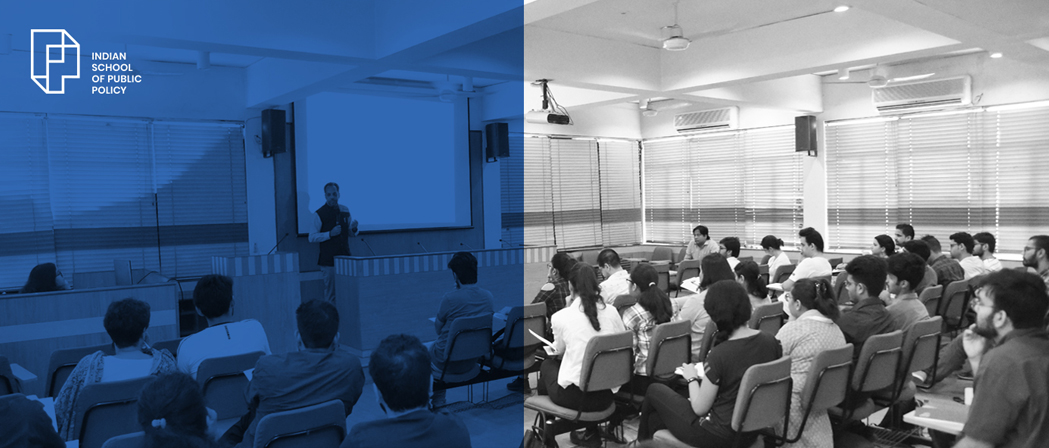
The Path to a 5 Trillion$ Economy

On 9th September, a few scholars from the ISPP attended an IGC panel discussion on ‘Financing Development in India.’ The panelists included Ms. Prachi Mishra from Goldman Sachs, Dr. Ananth Narayan, Faculty of Finance from SP Jain Institute of Management and Research, and Mr. Andy Mukherjee from Bloomberg. The discussion was moderated by Dr. Pronab Sen.
The discussions started with reflections from Minouche Shafik, Director LSE, on the presence of shadow banking (MFIs, IFCs, etc.) in India. In the context of the present economy, a way forward to deal with these was stated. It was advised that these institutions are kept away from depositors but closer to the central regulators.
Given India’s aspirations to be a US$ 5 Trillion economy by 2025 as well as Citicorp’s estimates of India being the world’s largest economy ahead of US and China by 2050, the 2019 Economic survey emphasized the importance of investment for economic growth and suggests measures for the same. Investment in development is one of those measures.
Ms. Mishra emphasized that the current economic slowdown has been the longest in the history of the Indian economy spanning over a period of 18 months. There are twin reasons for this slowdown: a consumption slowdown and a decline in investments. In fact, the current consumer sentiment as measured by the Current Activity Indicators (CAI) was also at its lowest. Since the 2008 global financial crisis. However, she did note that the slowdown in exports was not a significant concern since net trade (export-import) has remained the same.
Professor Narayan, slightly differed from Ms. Mishra’s stand and felt that the slowdown was an indicator of structural lacunae. The most significant reform, according to him, had to be land and labour reforms. These have been a major impediment in the implementation of PPP projects in the Infrastructure domain and has exacerbated the NPA situation in the Public Sector Banks. The absence of land and labour reforms complicates their entry of foreign firms in the economy which hinders the investment in manufacturing. Consequently, the investment cycle has come to a standstill. He attempted to highlight the need to change the discourse from a focus on stimulus measures such as repo rate and bank interest rate changes, and recapitalisation, to structural reforms as recommended by the PJ Nayak committee.
Professor Ananth also forewarned of a looming crisis that might find its genesis in the NPAs of NBFCs and the loans given under the MUDRA scheme. Despite all the good intentions of the government to dismiss the NPAs of the DISCOMs under the UDAY scheme, the DISCOM debt is back to pre-UDAY levels. Looking at the clouding crisis in the economy, he stressed on factor reforms. In his own words, he said, “Try to boil the ocean, do not look at short fixes.”
Author(s): Tushar Goel (ISPP Scholar, Class of 2020) and Himanshu Burad (ISPP Scholar, Class of 2020)


